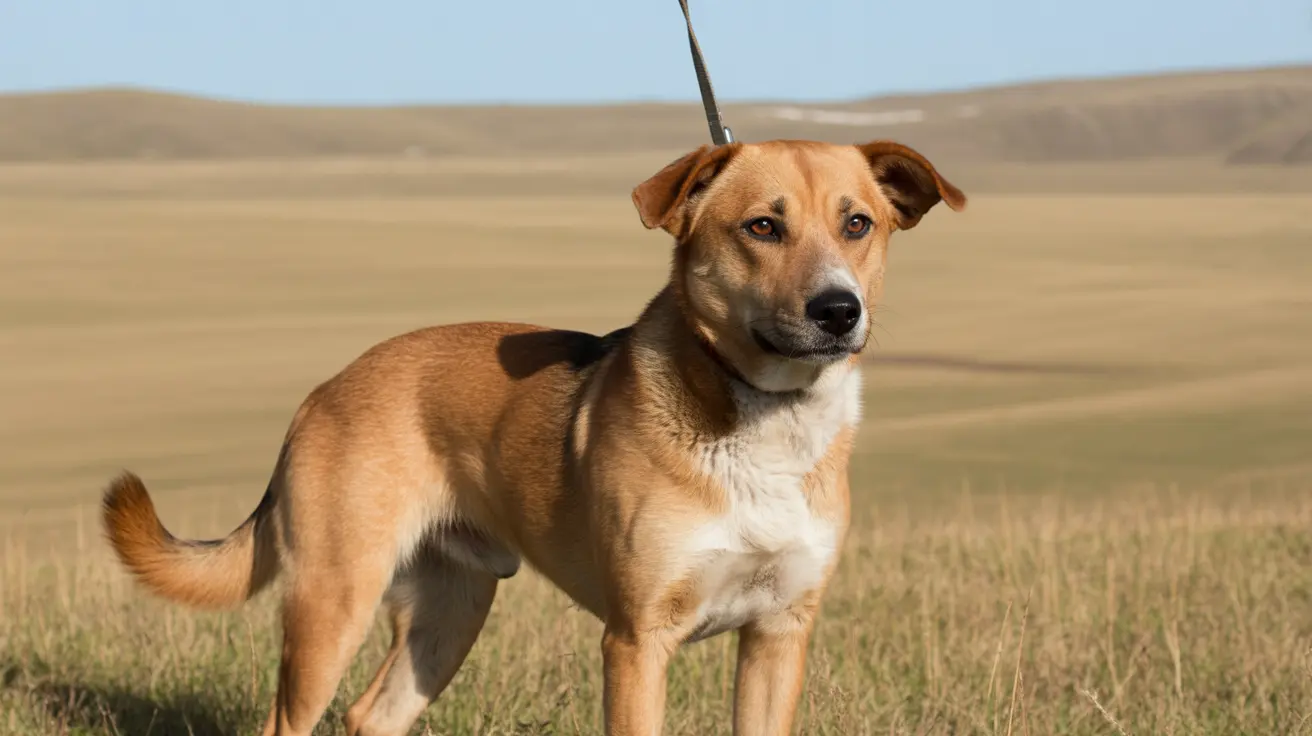Understanding the Conversion: How Old is 40 in Dog Years?
Calculating a dog's age in human years has long been a topic of curiosity among pet owners. The traditional rule of thumb—multiplying the dog's age by 7—is now considered outdated due to advancements in veterinary science and breed-specific aging research.
Why Age Conversion Varies by Breed and Size
Dogs age at different rates depending on their breed, size, and genetics. Smaller dogs typically live longer and age slower after the first few years, while larger breeds have shorter lifespans and age more quickly. For instance, a Chihuahua may be considered senior at 10–11 years, whereas a Great Dane may reach that stage by 6–7 years.
Modern Understanding of Dog Aging
Researchers now suggest a nonlinear approach to comparing dog and human years. According to a study by the University of California San Diego, the formula for converting dog to human age is:
- Human age = 16 × ln(dog's age) + 31
Using this formula, a 6-year-old dog would be about 60 in human years. However, it doesn't directly address the inverse—human to dog years—so approximations must be made carefully.
Estimating Human Age in Dog Years
To estimate what 40 human years would be in dog years, we need to consider:
- Small breeds (under 20 lbs): Age slower, roughly 4.5 dog years per human year past age 2
- Medium breeds (20–50 lbs): Approximately 5–6 dog years per human year
- Large breeds (51–90 lbs and up): As much as 7–10 dog years per human year
Assuming an average of 6 dog years per human year for simplicity:
40 human years × 6 = 240 dog years
Limitations of the Conversion
This calculation is not precise. Dogs mature much faster in their first two years, with the first year alone marking the equivalent of 15 human years, and the second about 9 years. After that, the conversion slows, depending on the breed and health.
For example:
- A 1-year-old dog = 15 human years
- A 2-year-old dog = 24 human years
- Each subsequent year = +4 to 5 human years
The Case of Bobi, the Alleged 31-Year-Old Dog
The discussion surrounding dog longevity soared when Bobi, a Rafeiro do Alentejo from Portugal, was reported to have lived over 31 years. This breed's typical lifespan is 12–14 years, making his claim extraordinary. Despite being recognized by Guinness World Records in 2023, doubt arose about the authenticity of Bobi’s age, leading to a revoked title due to insufficient evidence.
The skepticism around Bobi underscores how rare extreme longevity in dogs is, especially for large breeds. The oldest confirmed dog to date remains Bluey, an Australian Cattle Dog, who lived 29 years and 5 months.
Helping Your Dog Live a Longer, Healthier Life
If you're hoping to see your pet reach its golden years happily, consider the following best practices:
- Provide balanced, nutritious meals tailored to your dog’s breed, age, and health
- Ensure regular exercise to keep your dog physically and mentally active
- Visit the vet regularly for health screenings and vaccinations
- Keep your dog mentally engaged with toys and interaction
- Offer a safe and stress-free environment for your dog to thrive in
Final Thoughts
While the idea of a 40-year-old human equating to over 200 in dog years is fascinating, it’s essential to understand that such numbers are approximations. Dog aging depends heavily on multiple factors including breed, size, and care. By understanding how dogs age, we can better cater to their needs and enjoy a longer, healthier companionship.





